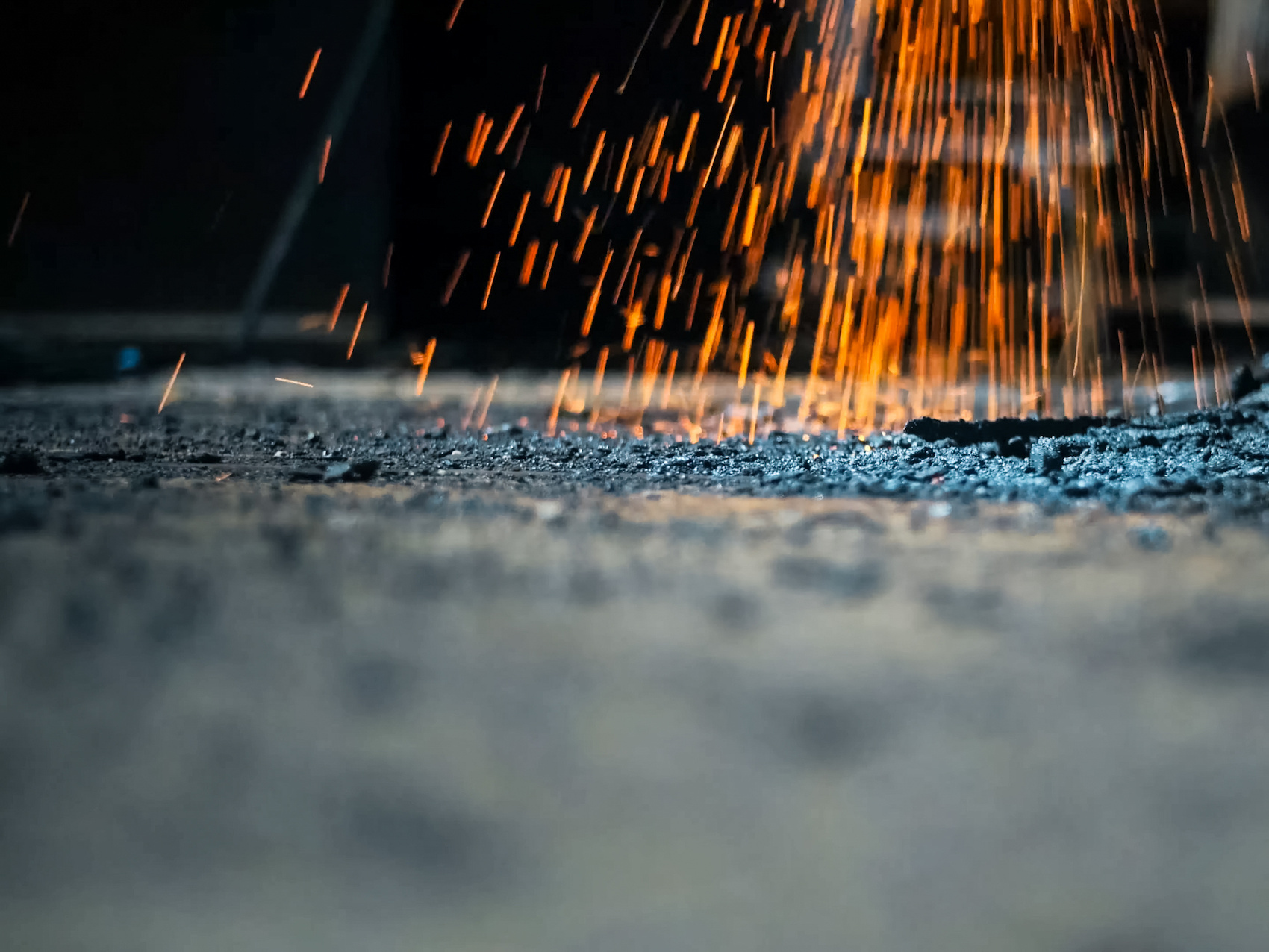You’ve probably seen at least one or two videos online that show someone lighting powdered creamer or sugar on fire. The comments for those videos are all about how it’s crazy that people intentionally put flammable substances in their bodies. We’ll leave you to figure out how much creamer or sugar to put in your coffee. Just don’t let those videos dissuade you. Nearly any substance can be set on fire when broken down into dust, which makes combustible dust a significant safety concern in many industrial environments.
Systems of Prevention and Control
Foundries, of course, are no different. We melt metal for a living, which means there is plenty of dust in the air from processing. Processing ore at the beginning of the process, machining the product before sending it out the door, any other steps in between. As for ignition sources, there are furnaces, welders, grinders, and many other potential sources. All of that means foundries need to take steps to control the amount of dust in the air and contain the many ignition sources present in any foundry.
The truth is, as an industry, we do an excellent job controlling combustible dust. Otherwise, you would be reading about explosions on a weekly basis, and that doesn’t happen. However, that doesn’t mean the industry can’t always find ways to do even better than we already are. That’s why a recent study looked into the issue to attempt to quantify how the industry is doing on controlling combustible dust and identify any areas of concern and how to implement best practices that could benefit everyone. The process was a long one and involved developing and distributing surveys and training personnel to collect the necessary dust samples and evaluate them. Once the process was complete, the final results were very encouraging.
Process Control Systems
Virtually all concerns involving combustible dust were already being addressed through the equipment and processes already in place. In the end, only four of the many dusts identified had a significant risk of combusting, something easily corrected by tweaking existing protocols.
Those protocols, of course, involve dust collection and disposal systems at the point of origin. As a matter of course, dust must be collected and disposed of regularly, with collection and disposal points kept out of contact with any potential ignition source. Ventilation systems must also be serviced periodically to ensure they are in proper working order. Additional systems that are important monitor for the amount of dust in the air, alerting personnel if the levels should exceed acceptable limits. These systems should be part of a regular preventative maintenance program to ensure all the components are in top condition. Personnel should, of course, be trained in the use of this equipment and the procedures needed to operate and service them.
Continual Improvement
Even with all of this in place, it should go without saying that the job is never really done. No foundry ever really stays the same for long. New equipment is installed, new people hired, new processes are implemented, and new products are brought online with new materials needed to make them. These should be run through the appropriate decision trees to determine where they fit into the existing program or if the program needs to be modified to accommodate them.
While the combustible dust study results show that foundries across the US are doing an excellent job of controlling the dust and preventing it from becoming a hazard, each foundry needs to review its existing processes and equipment. In that way, we can stay ahead of the game and correct issues before they become problems. We also learn better ways of doing things, making our already exemplary record even better and a standard not just for our industry but also for others.



